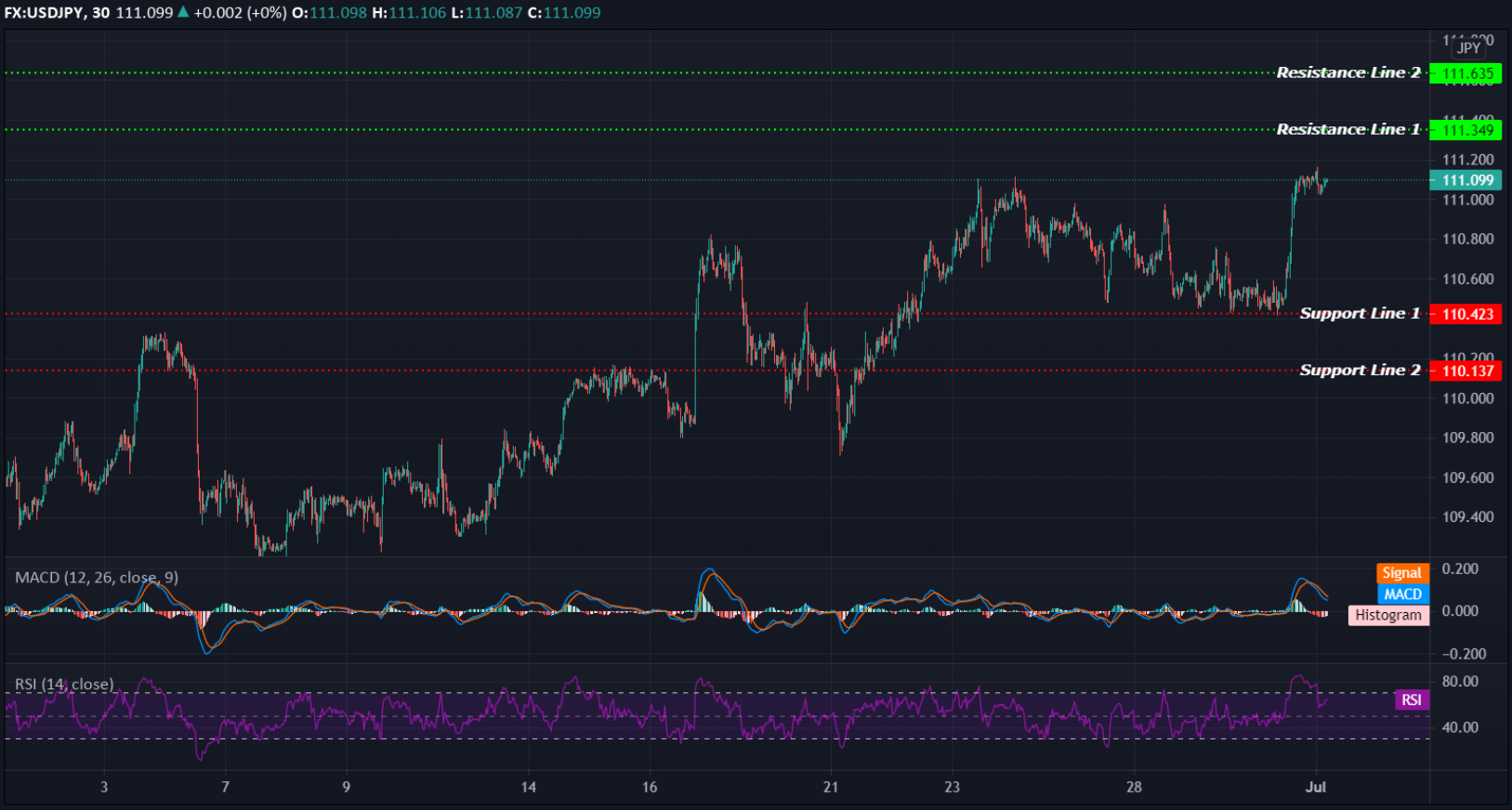EQUITIES
Shares in Asia-Pacific were lower on Thursday trade. In Japan, the Nikkei 225 declined about 0.37%, while the South Korea’s KOSPI slipped 0.43%, and the Australia’s S&P/ASX 200 dipped 0.56%. The mainland Chinese Shanghai composite and the S&P BSE Sensex in India meanwhile were trading just below the flatline.
Elsewhere, the Singapore’s Straits Times index bucked the overall trend, to trade marginally higher.
Markets in Hong Kong are closed on Thursday for a holiday.
Overnight on Wall Street, the S&P 500 climbed 0.13% to 4,297.50, recoding its fifth-straight record close. The Dow Jones Industrial Average rose about 210 points to 34,502.51, while the Nasdaq Composite lagged as it dipped 0.17% to 14,503.95.
OIL
Oil was edging up to re-test the multi-year highs touched earlier in the week, after report of U.S. crude stockpiles fell for a sixth straight week and an OPEC report foresaw an undersupplied market this year.
The Brent now traded at $74.79 per barrel, and U.S. crude futures traded at $73.69 per barrel.
Overnight, the Brent closed at $74.76, while WTI ended at $73.47 per barrel.
CURRENCIES
The bond and currency markets were on edge ahead of U.S. labour data. Since a hawkish shift in tone from the Federal Reserve last month, the U.S. dollar has been elevated and bond markets whipsawed by worries about high inflation and whether it prompts a sooner or swifter than expected end to ultra-easy policy.
The benchmark 10-year U.S. Treasury yields held steady, at 1.466% following a 3-day decline.
The U.S. dollar index, which measures the greenback against a basket of six major currencies, hit its highest since April overnight and sat at 92.413 on Thursday.
GOLD
The spot gold rose to $1,775.00 an ounce and added to $1,774.80 per ounce for gold futures. Previously closed at $1,770.20 and $1,771.60, respectively.
ECONOMIC OUTLOOK
Asian stock markets made a subdued start to the second half of 2021 on Thursday, as investors reacted to the release of Chinese factory activity growth, as well as weighed by worries about new coronavirus infections and fresh lockdowns.
The Caixin/Markit manufacturing PMI for June came in at 51.3 on Thursday, compared to 52.0 of previous month. Yesterday, the official manufacturing PMI at 50.9 in June versus 51.0 in May.
Market sentiment remains apprehensive due to the spread of the new COVID-19 Delta variant globally. Indonesia, Malaysia, Thailand and Australia are all battling pandemic outbreaks and tightening restrictions, while Spain and Portugal announced restrictions for unvaccinated British tourists.
The U.S. ADP non-farm employment change data released yesterday showed slightly higher-than-expected numbers of 692,000 jobs in June.
The U.S. Labor Department's more comprehensive and closely watched employment data for June is due on Friday and market participants fear a strong reading could force the Fed to scale back its ultra-loose monetary policy.
TECHNICAL OUTLOOK
[USDJPY]
Important Levels to Watch for Today:
- Resistance line of 110.999 and 111.193.
- Support line of 110.371 and 110.177.
Commentary/ Reason:
The dollar held steady to 111.099 after rising as high as 111.162 yen for the first time since March 26, 2020.
The Japanese yen was weighted against the U.S. dollar after the release of economic indicators in the U.S. boosted the greenback.
But negative factor for the dollar today is on the decline in the 10-year T-note yield to a 1-week low.
Both the U.S. dollar and yen however have benefited from some safe-haven demand, driven by concerns over the spread of the highly contagious COVID-19 Delta variant.
The focus for next direction for the pair this week is on the U.S. non-farm payrolls data and its implication for rates, due Friday. Signs of strength in the labour market could add pressure on the Fed to act, and the prospect of higher rates could lift the dollar, while it is vulnerable if the data misses expectations.















